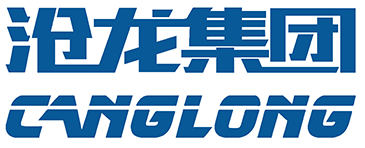Choice of horizontal and vertical installation of PU sandwich panels
PU sandwich panels are a material widely used in construction and industry. The choice of installation method has a crucial impact on their performance and overall effect. During the installation process, horizontal installation and vertical installation are two common installation methods, each of which has unique advantages and characteristics. This article will explore the difference between horizontal and vertical installation of PU sandwich panels in depth, in order to provide users with valuable reference.
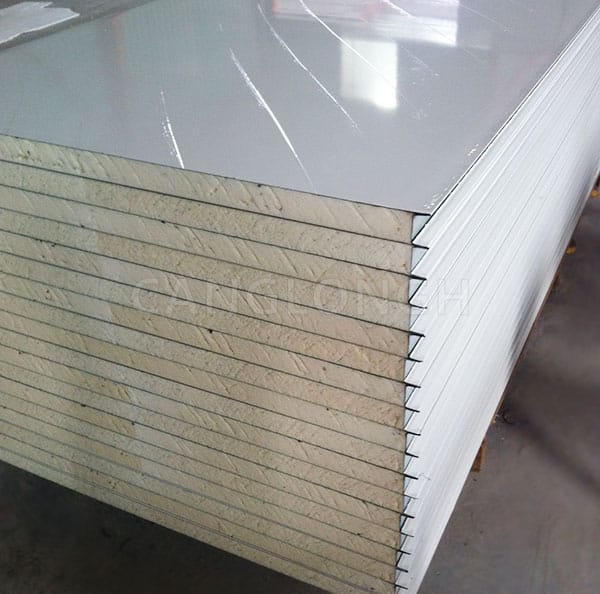
Characteristics and advantages of horizontal installation
Horizontal installation means that the short side of the board is parallel to the vertical direction of the wall, and the long side is perpendicular to the horizontal direction of the wall. This installation method has certain advantages in some specific situations.
Relatively low installation difficulty:
When installed horizontally, PU sandwich panels usually need to be spliced according to the length of the wall. Although gaps may occur at the splicing, the splicing process is relatively simple compared to vertical installation, and the technical requirements are not high. At the same time, due to the short length of the board, the difficulty in handling and installation is also reduced accordingly.
High flexibility:
The horizontal installation method allows installation on walls of different lengths without the need for special cutting of the board. This flexibility makes horizontal installation more advantageous when dealing with complex wall structures.
However, horizontal installation also has some obvious disadvantages. First, due to the existence of gaps at the joints, the thermal insulation and waterproof performance may be affected. Second, the horizontal installation may not be as aesthetically pleasing as the vertical installation because the existence of gaps makes the overall effect slightly messy.
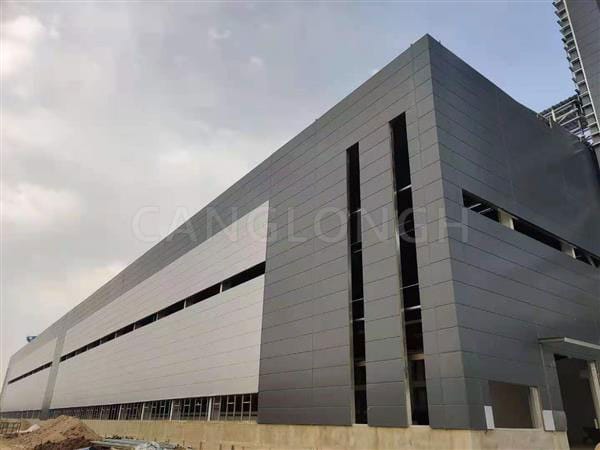
Characteristics and advantages of vertical installation
Vertical installation means that the long side of the board is parallel to the vertical direction of the wall and the short side is perpendicular to the horizontal direction of the wall. This installation method is generally regarded as a more efficient and beautiful choice.
Superior thermal insulation performance:
When installed vertically, the polyurethane sandwich panel has a larger support area and can more effectively isolate the heat and cold from the outside. Therefore, under the same conditions, the thermal insulation effect of vertical installation is usually better than that of horizontal installation.
Better aesthetics:
Vertical installation makes the gaps between the boards more concealed, and the overall effect is neater and more beautiful. This installation method is particularly suitable for occasions with high requirements for appearance, such as the exterior walls of commercial buildings and industrial plants.
Better waterproof performance:
Since the vertical installation method reduces the number and size of gaps, the waterproof performance is also improved accordingly. This is especially important for buildings that need to be exposed to severe weather conditions for a long time.
However, vertical installation also has certain challenges. First, vertical installation has higher technical requirements because it is necessary to ensure a tight connection between the panels. Second, due to the long length of the panels, the difficulty in handling and installation is also increased accordingly.
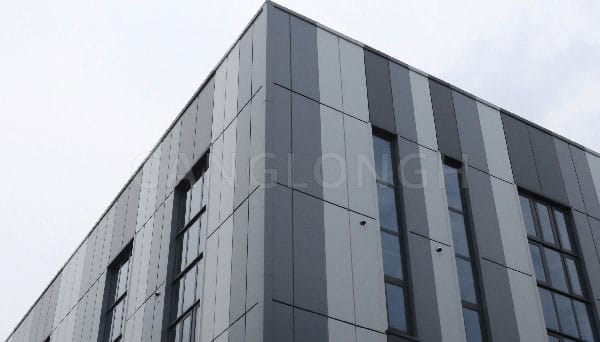
Considerations for choosing installation methods
When choosing the installation method of PU sandwich panels, multiple factors need to be considered, including the specific needs of the project, the structural characteristics of the building, the technical level of the construction team, and the budget.
Project requirements:
Choose a suitable installation method based on the project’s requirements for insulation, waterproofing, and aesthetics. If the project has high requirements for insulation performance or needs to be exposed to severe weather conditions for a long time, vertical installation may be a better choice.
Building structural characteristics:
Choose a suitable installation method based on the structural characteristics of the building, such as the length, height, and shape of the wall. If the wall is long and regular in shape, vertical installation may be more appropriate; if the wall is short or complex in shape, horizontal installation may be more flexible.
Construction team technical level:
The technical level of the construction team is also an important factor in choosing the installation method. If the construction team has rich vertical installation experience and technical strength, then vertical installation will be a more reliable choice.
Budget:
Budget is also one of the factors that need to be considered. Although vertical installation may be better than horizontal installation in terms of performance, its cost may also be higher. Therefore, when choosing an installation method, a trade-off between performance and cost needs to be made.
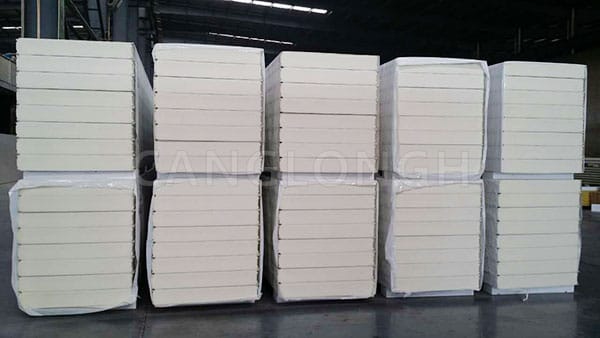
Conclusion
Horizontal and vertical installation of PU sandwich panel each have their own advantages and disadvantages. When choosing, it is necessary to make a comprehensive consideration based on multiple factors such as the specific needs of the project, the characteristics of the building structure, the technical level of the construction team, and the budget. Through reasonable selection and application, the performance advantages of PU sandwich panels can be fully utilized to provide more efficient, beautiful and reliable solutions for the construction and industrial fields.
